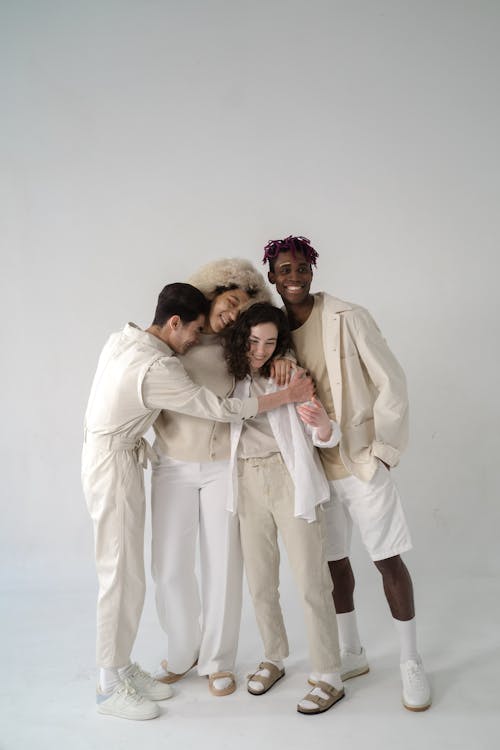
In recent years, the fashion industry has undergone a profound transformation, gradually shifting its focus towards inclusivity and diversity. One significant aspect of this change has been the increasing recognition and acceptance of plus-size fashion. No longer confined to a limited selection of oversized, unflattering garments, plus-size individuals now have access to a diverse array of stylish and trendy clothing options that cater to their unique body shapes and sizes Istanbul-yanginmerdiveni.com/.
The Evolution of Plus-Size Fashion:
Historically, the fashion industry has predominantly celebrated slender, straight-sized figures, often neglecting the needs and preferences of those who fall outside conventional size ranges. However, as societal attitudes towards body image and beauty standards have evolved, so too has the demand for more inclusive clothing options. This shift has prompted designers and retailers to reevaluate their approach to sizing and embrace a more diverse range of body types.
Today, plus-size fashion encompasses a wide range of styles, from casual wear to formal attire, activewear to lingerie. Designers and brands are increasingly recognizing the importance of offering inclusive sizing options, not only as a matter of social responsibility but also as a lucrative business opportunity. Plus-size consumers represent a significant market segment with considerable purchasing power, and by catering to their needs, brands can tap into this lucrative demographic while promoting a message of body positivity and acceptance.
Challenges and Progress:
Despite the strides made in recent years, the plus-size fashion industry still faces numerous challenges. One persistent issue is the lack of consistency in sizing across different brands, which can make it difficult for consumers to find clothing that fits properly. Additionally, there is a prevailing stigma surrounding plus-size bodies, perpetuated by societal norms and media representations, which can undermine the confidence and self-esteem of individuals who do not conform to traditional beauty standards.
However, there are signs of progress and change on the horizon. Many fashion brands have begun to expand their size ranges, offering extended sizing options to accommodate a broader spectrum of body shapes and proportions. Moreover, the rise of social media influencers and body-positive activists has helped to challenge narrow beauty ideals and promote a more inclusive definition of attractiveness. By celebrating diverse bodies and showcasing them in all their beauty and complexity, these influencers are helping to redefine mainstream notions of beauty and style.
The Future of Plus-Size Fashion:
Looking ahead, the future of plus-size fashion appears promising, with continued momentum towards greater inclusivity and representation. As consumers demand more diverse and inclusive clothing options, brands will be compelled to respond by expanding their size ranges, diversifying their marketing campaigns, and prioritizing inclusivity in their design processes. Additionally, advancements in technology, such as 3D body scanning and virtual try-on tools, hold the potential to revolutionize the way we shop for clothes, making it easier for individuals of all sizes to find garments that fit and flatter their bodies.
Ultimately, the evolution of plus-size fashion is not just about clothing; it’s about empowerment, self-expression, and acceptance. By embracing diversity and challenging outdated stereotypes, the fashion industry has the power to shape perceptions, promote inclusivity, and foster a culture of body positivity. As the movement towards greater size inclusivity continues to gain momentum, we can look forward to a future where fashion truly knows no bounds.


:max_bytes(150000):strip_icc()/GettyImages-1016321034-4e93d0dc223b48f4a9df61984730eb8e.jpg)

